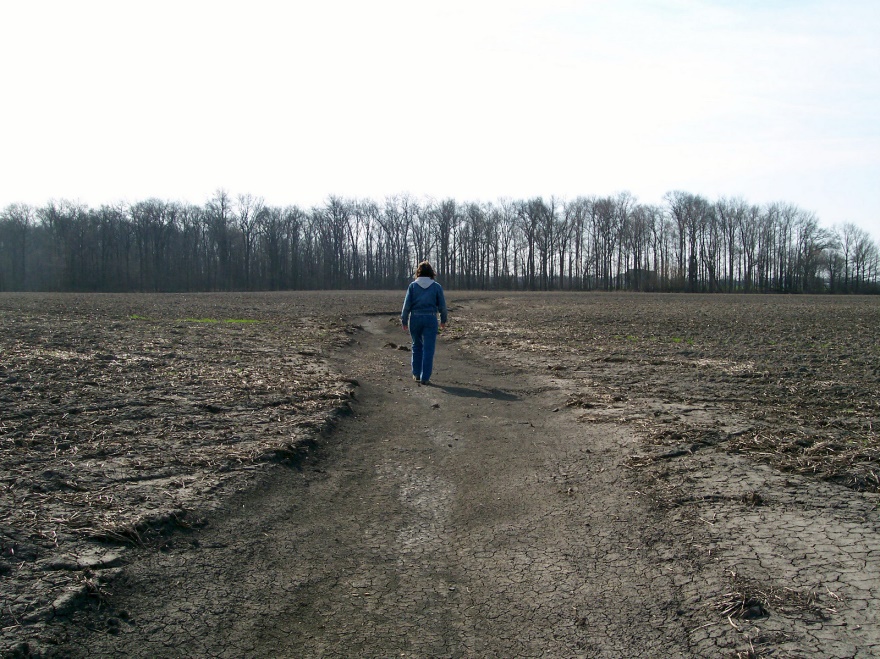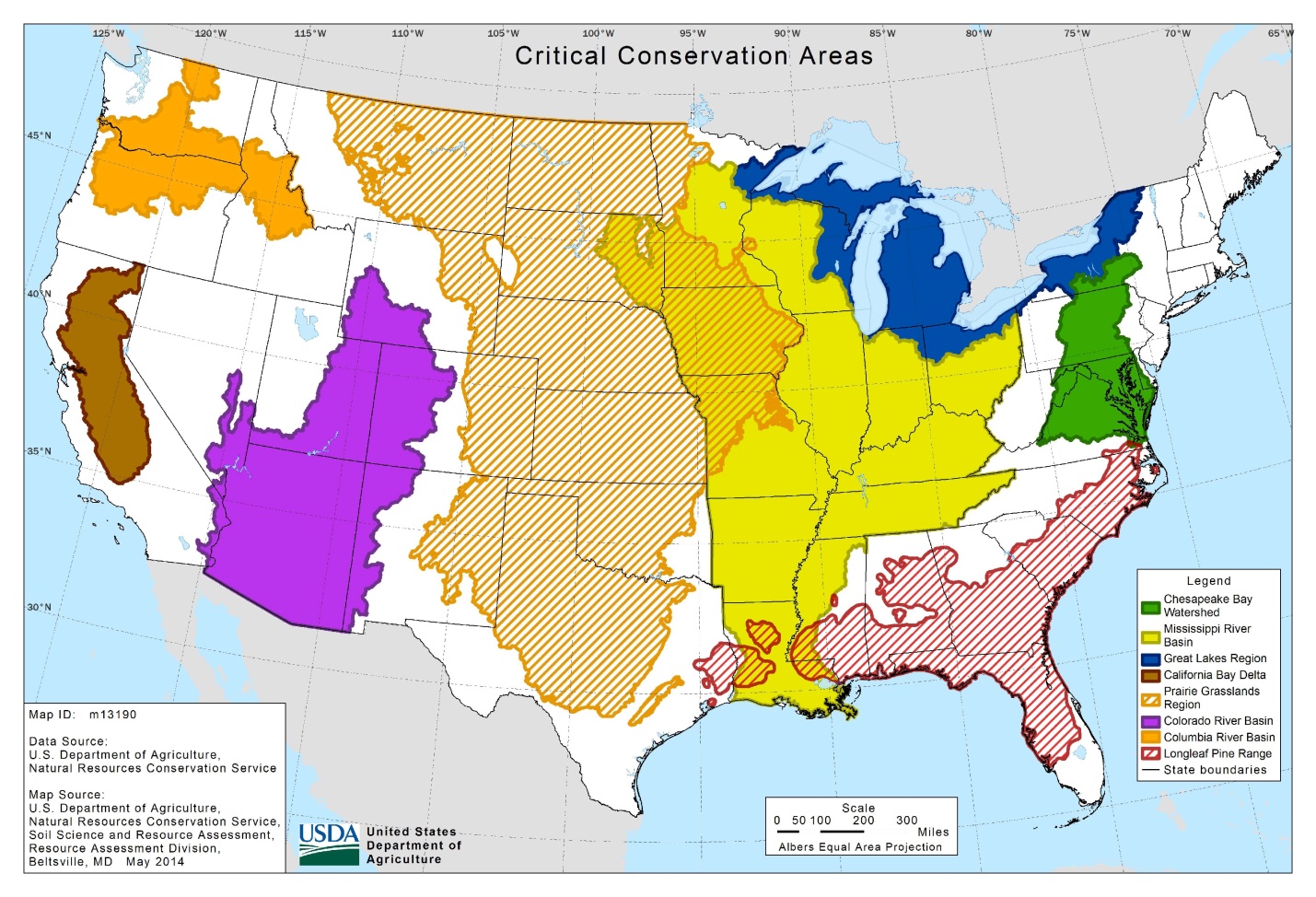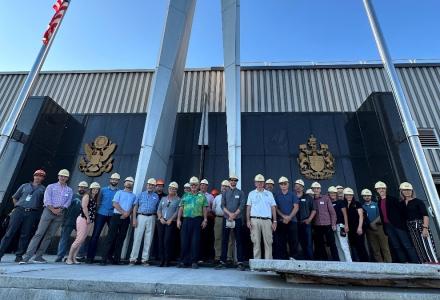
A new Regional Conservation Partnership Program authorized in the 2014 U.S. Farm Bill directs $370 million to states and critical conservation areas, including the Great Lakes region. Critical conservation areas are designated by the Secretary of Agriculture and represent an opportunity for many stakeholders to come together at a regional level to address common natural resource goals while maintaining or improving agricultural productivity.
The largest Great Lakes project selected for funding in fiscal year 2015 is the Tri-State Western Lake Erie Basin Phosphorous Reduction Initiative. As one of more than 100 Regional Conservation Partnership Program projects approved for funding nationwide, it puts partners in the driver’s seat, with technical and financial help from the U. S. Department of Agriculture’s Natural Resources Conservation Service (NRCS).
This multi-state project includes more than 40 collaborating public and private sector organizations with representation from state and local governments in Michigan, Indiana and Ohio, as well as nonprofits, universities and private sector businesses. These organizations have committed $38.3 million to leverage $17.5 million in federal funds for the reduction of phosphorus and sediment loading, and harmful algal blooms in western Lake Erie.
The Tri-State Western Lake Erie project plans to target funding to 855,000 acres most in need, meaning those watersheds that have the largest impact on water quality in the lake. The ability to monitor water quality as it leaves fields, as it flows through streams, and finally where it enters major rivers, combined with the participation of researchers experienced in modeling and evaluating project outcomes, also played a part in targeting funding.
This new investment in the western Lake Erie watershed builds on the work already completed by the Western Lake Erie Basin Partnership, a group of 14 federal, state, and local government agencies and nonprofits. Over the 10-year Partnership history, agreements between NRCS and Heidelberg University paid for several water quality monitoring stations that provide the data showing dissolved reactive phosphorus increases.

Before, above: Soil eroding from this crop field in Erie County, Ohio, contributes sediment and nutrients that degrade water quality in Lake Erie.
After, below: Conservation practices like grassed waterways reduce soil erosion, keeping soil and nutrients on the field and out of Lake Erie.

Other agreements funded the models now used to estimate nutrient loading in the absence of monitoring. The partnership also worked together to pay for numerous Soil and Water Action Teams --- people on the ground that worked with farmers in the watershed to develop and implement conservation plans and practices.
A smaller, yet substantial project funded through the new program is the Saginaw Bay Watershed Conservation Partnership project, which leverages $10 million in federal financial and technical assistance with $28.9 million from 35 partners to address coastal habitat loss and water quality issues in Lake Huron’s Saginaw Bay. This project will use the Great Lakes Watershed Management System to measure sediment and nutrient reduction and will include monitoring of long-term trends in fish species, such as population fluctuations and the impacts of invasive species to fish survival.
Projects under the Regional Conservation Partnership Program can run up to five years, although the project sponsors may choose to complete the work sooner. The NRCS plans to announce annual Program funding opportunities.
For more, see the NRCS website at www.nrcs.usda.gov.

Critical conservation areas are an opportunity for stakeholders to come together at a regional level to address common natural resource goals.





